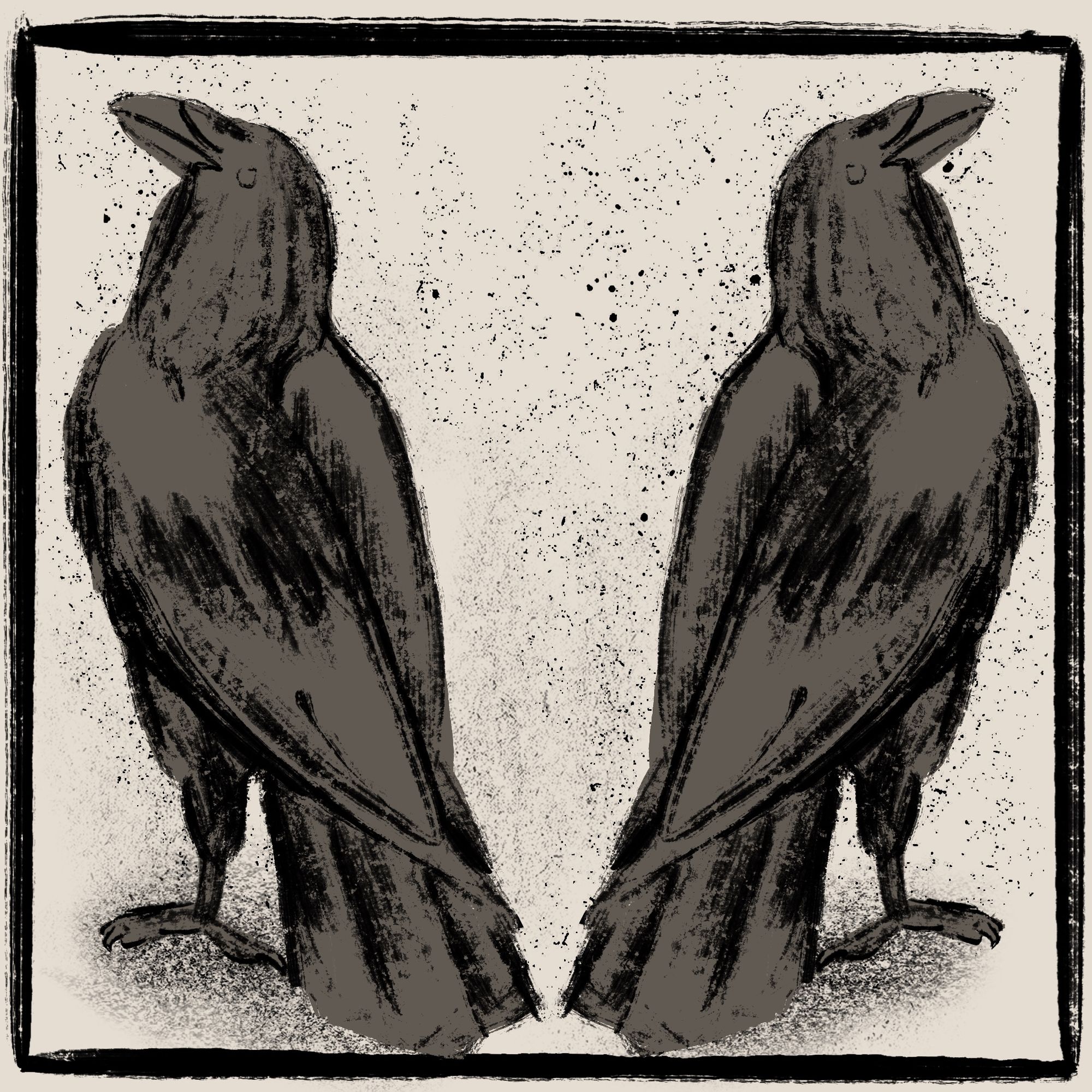Synchronicity and the Baader-Meinhof phenomenon

The Baader-Meinhof phenomenon, also known as frequency bias, or frequency illusion, describes the experience of noticing something and then suddenly seeing that thing everywhere.
It's a cognitive bias, because the thing that changed is all in your mind: you see something more frequently because you're suddenly tuned in to it and are now more likely to notice it, rather than that thing suddenly becoming more common. The more aware you are of something, the more you're (consciously or not) on the lookout for it.
I often experience the phenomenon either after first learning about something, after someone points something out to me, or after I've just expounded about how I never see X and then suddenly I see X everywhere.
One example: Last year I was telling a friend about how I never see Jeeps here in Queens, and then suddenly I started noticing Jeeps everywhere. My comment didn't make Jeeps more frequent; the universe wasn't trying to prove me wrong. I just was wrong, and I'd primed myself to notice my mistake.
I sometimes struggle to sort out the differences between the Baader-Meinhof phenomenon and synchronicity. The concept of synchronicity--meaningful coincidences--is a longtime buzzword in the paranormal. But sometimes I wonder: is every meaningful coincidence synchronicity? How many can or should be written off as cognitive bias like the frequency illusion? How often might we read more into situations that we should because of things like confirmation bias?
When exploring the paranormal, it's so easy to see what you want to see and find what you're looking for. But how much of that narrative is in your own head?
I have no answers here. For the last few years, I've been thinking and, at times, talking about the uncomfortably thin line between paranormal thought and conspiracy theory.
Because, after all, the way we tend to think in the paranormal--looking for patterns, following our feelings, connecting disparate but potentially linked things, searching for hidden knowledge--has plenty in common with the way that conspiracy theorists view reality. (And I suppose that I gotta give my standard disclaimer here that I don't think that all conspiracy theories are wrong. There are some very credible claims that are technically conspiracy theories. When I refer to conspiracy theories here, I mean the ones that are, you know, BS.)
Because of that, I generally try to take paranormal stories with a grain of salt and err on the side of skepticism when I can, and I always find myself walking a bit of a tightrope. Am I being closed-minded and missing out on paranormal wonders? Or am I exercising the appropriate amount of discretion and skepticism in the face of wild claims?
I'm certainly not the first person who's asked this question about the Baader-Meinhof phenomenon and synchronicity (a cursory search yields discussions like this reddit thread). It's generally my belief that it's better to err on the side of skepticism and to not be defensive when people don't believe in the same paranormal phenomena that I might.
There's a strange sort of open-mindedness in skepticism; if you're too deep into a particular rabbit hole or to wedded to a favorite theory, that makes you dismiss claims that you disagree with out of hand. It shuts the door to learning and exploration. And it also makes you far, far easier to manipulate.
In the end, I'm more interested in the stories that we tell ourselves and each other--and what they say about us--than I am in the literal reality of various claims of high strangeness. And as much as a believe in certain aspects of the paranormal, I find myself in a constant, slow-burning struggle between skepticism and belief.

